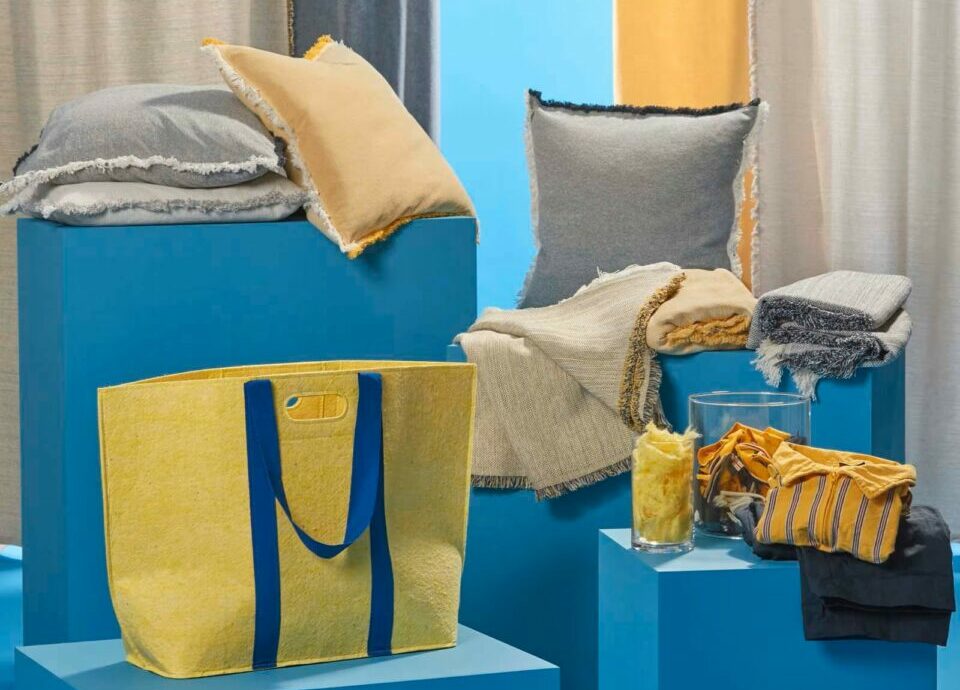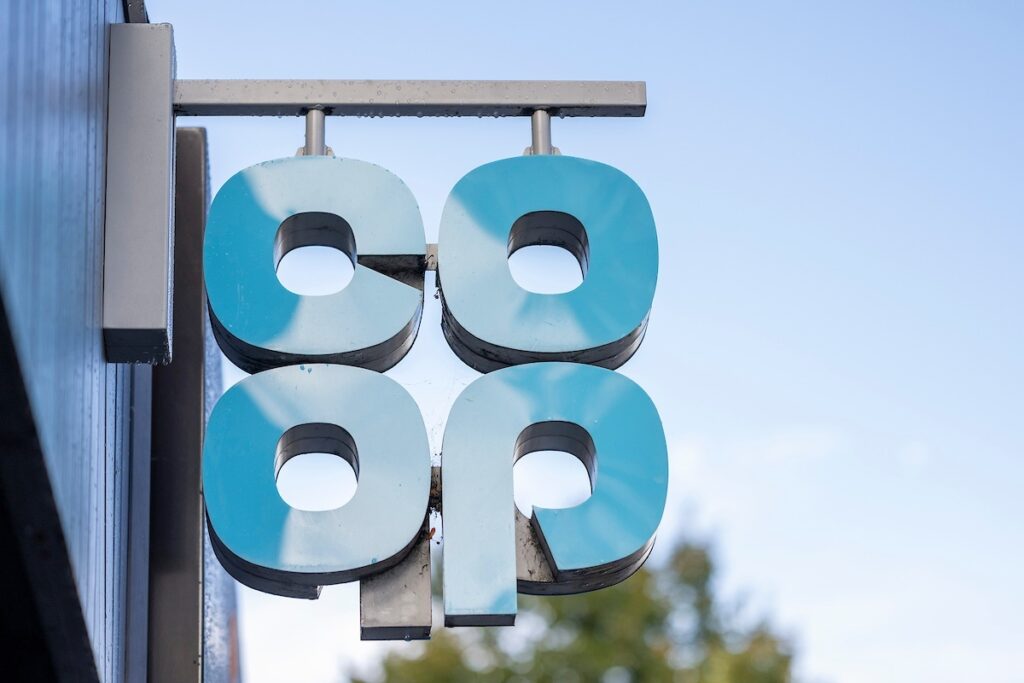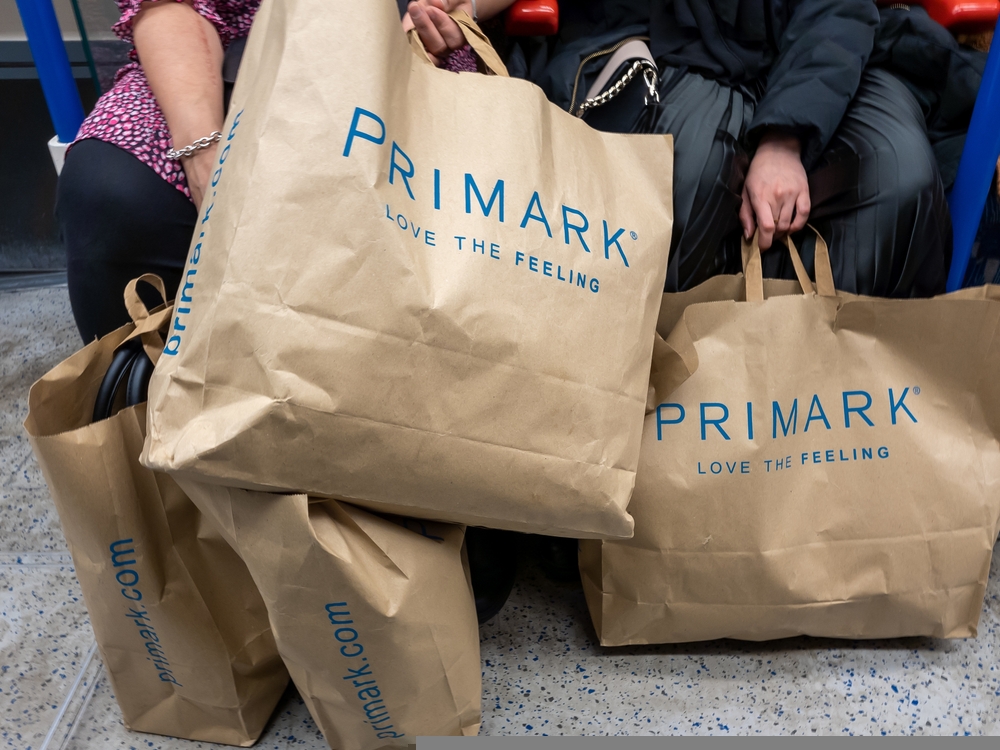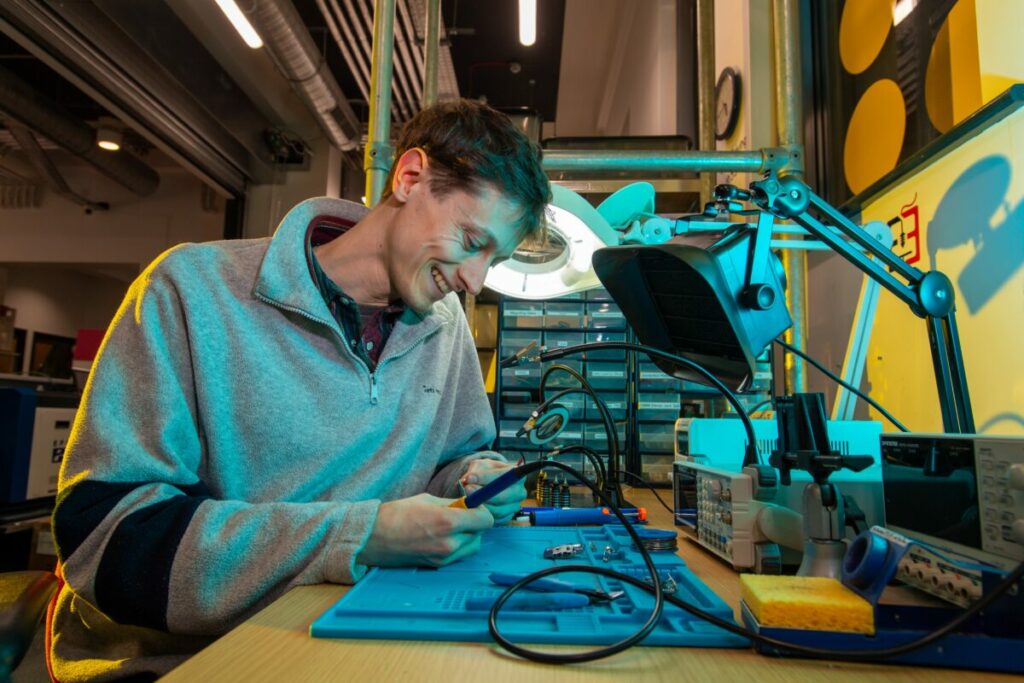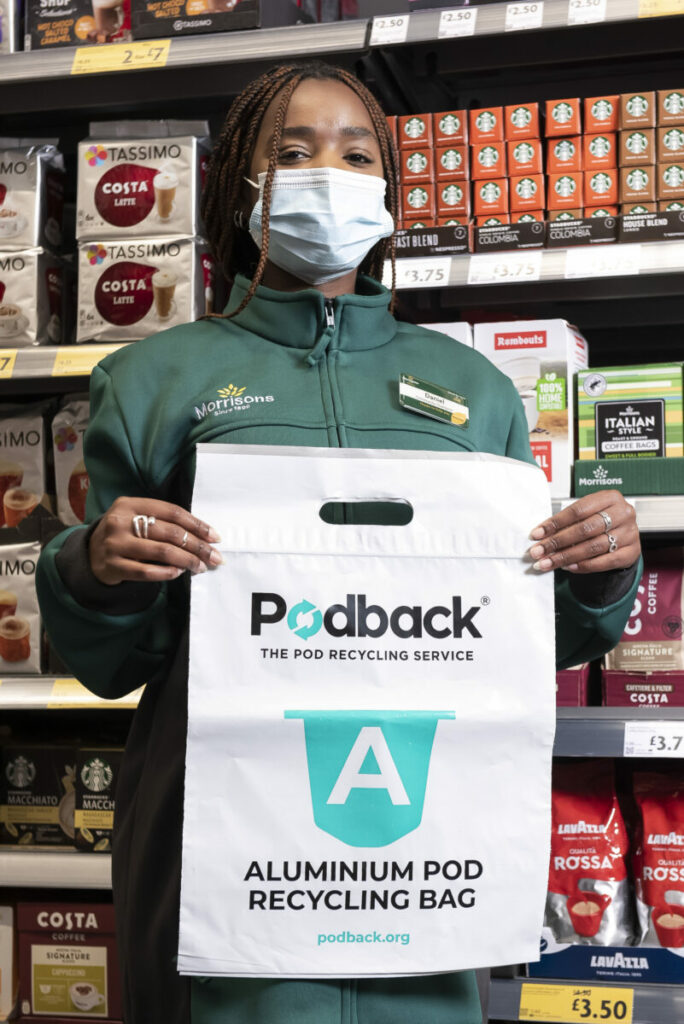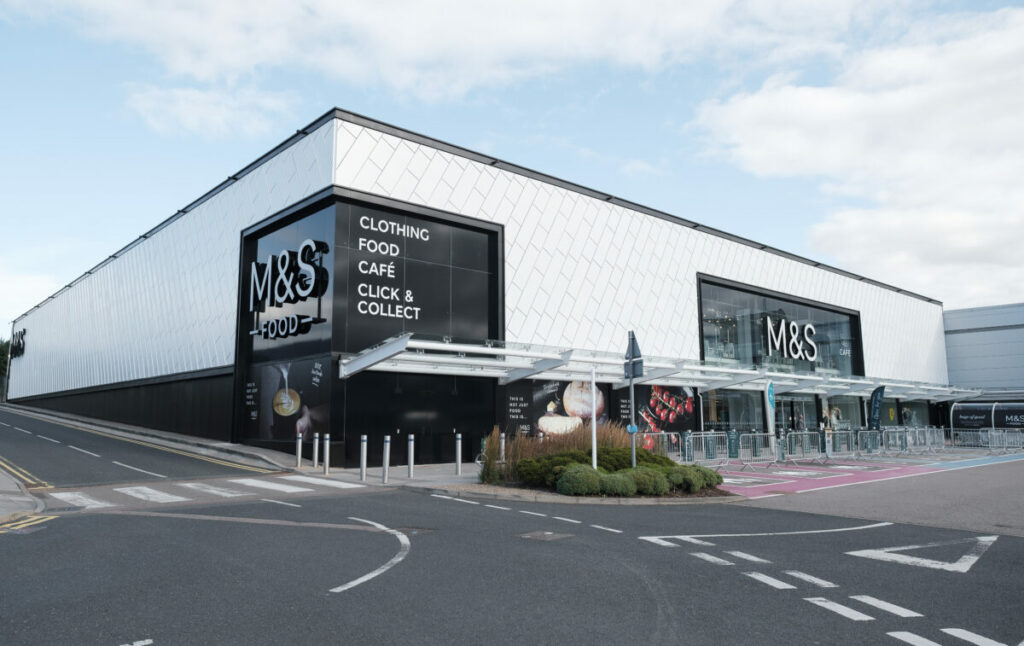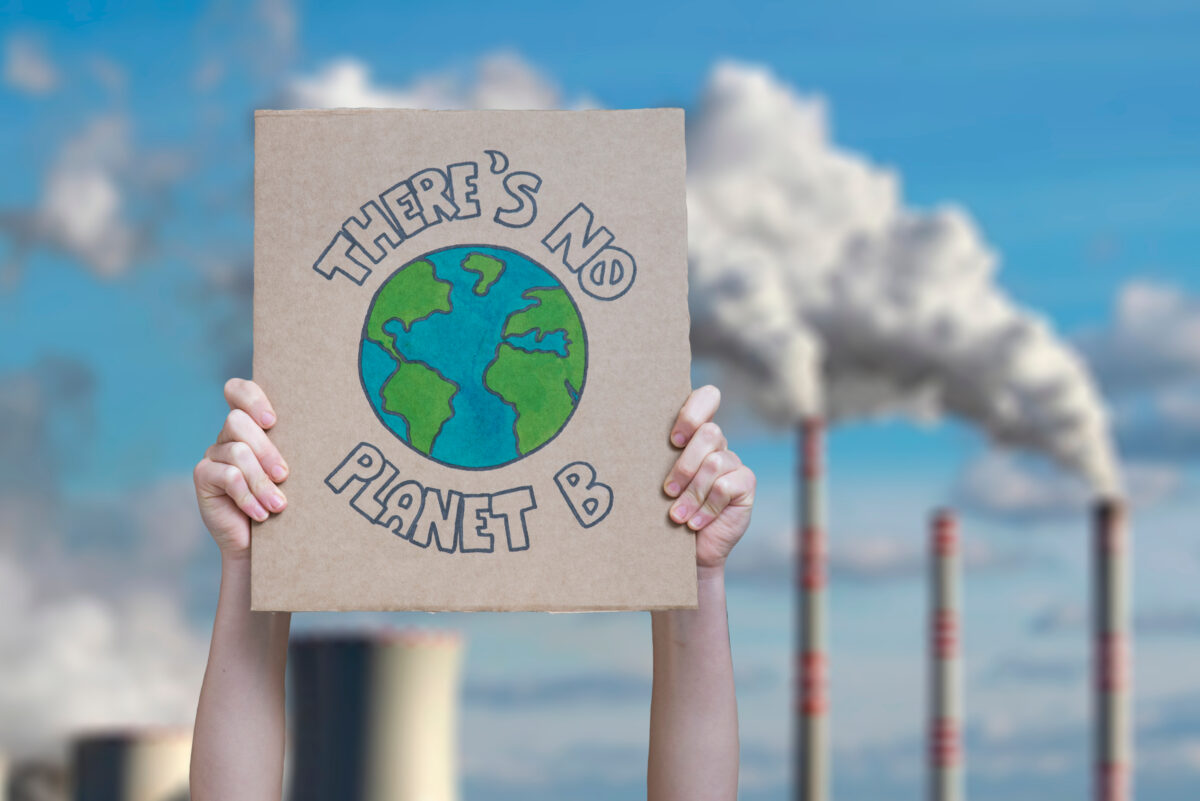Ikea has launched a new homewares range made from 300 tonnes of recycled staff uniforms, as the Swedish retailer takes its latest step towards a circular business model.
The VÄXELBRUK collection was created after Ikea launched a new uniform design for staff, a move which it says is “laying the groundwork for recycling textiles within Ikea”.
In the process of rolling out the new design, Ikea collected hundreds of pallets of old, outdated and surplus uniforms. Most of the material came from worn-out clothes returned by co-workers as well as a small amount of unused excess stock, due to the transition to the new design.
Some 300 tonnes of collected uniforms were then used to create an extensive collection of home decor and furnishings, as part of a wider textile recycling trial.
Subscribe to Sustainability Beat for free
Sign up here to get the latest sustainability news sent straight to your inbox everyday
As a result, the collection – which includes throws, cushion covers, curtains, and bags – features the bold, recognisable colours of the Ikea uniform.
“The fabric is shredded to make fibres, naturally making them much shorter than virgin fibres,” said new business manager Luca Clerici.
“This means they have lower mechanical performance, but the performance in every other aspect is just as good as virgin material.”
“We had to learn to navigate quite a complex landscape in terms of requirements, legislation, and logistics,” Clerici added, explaining it was the first time Ikea had managed and repurposed its own waste at this scale.
“This is the fun part of my job, working with a lot of different industries and materials, with a lot of different people, to solve something together.”
Earlier this year, Ikea revealed it had reduced its climate footprint by 24.3% while increasing revenue by 30.9%.


